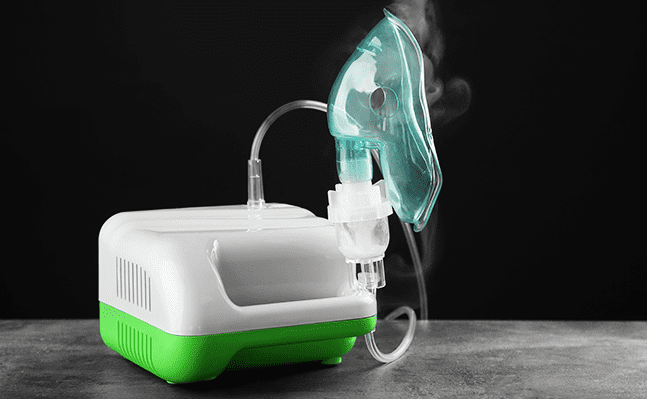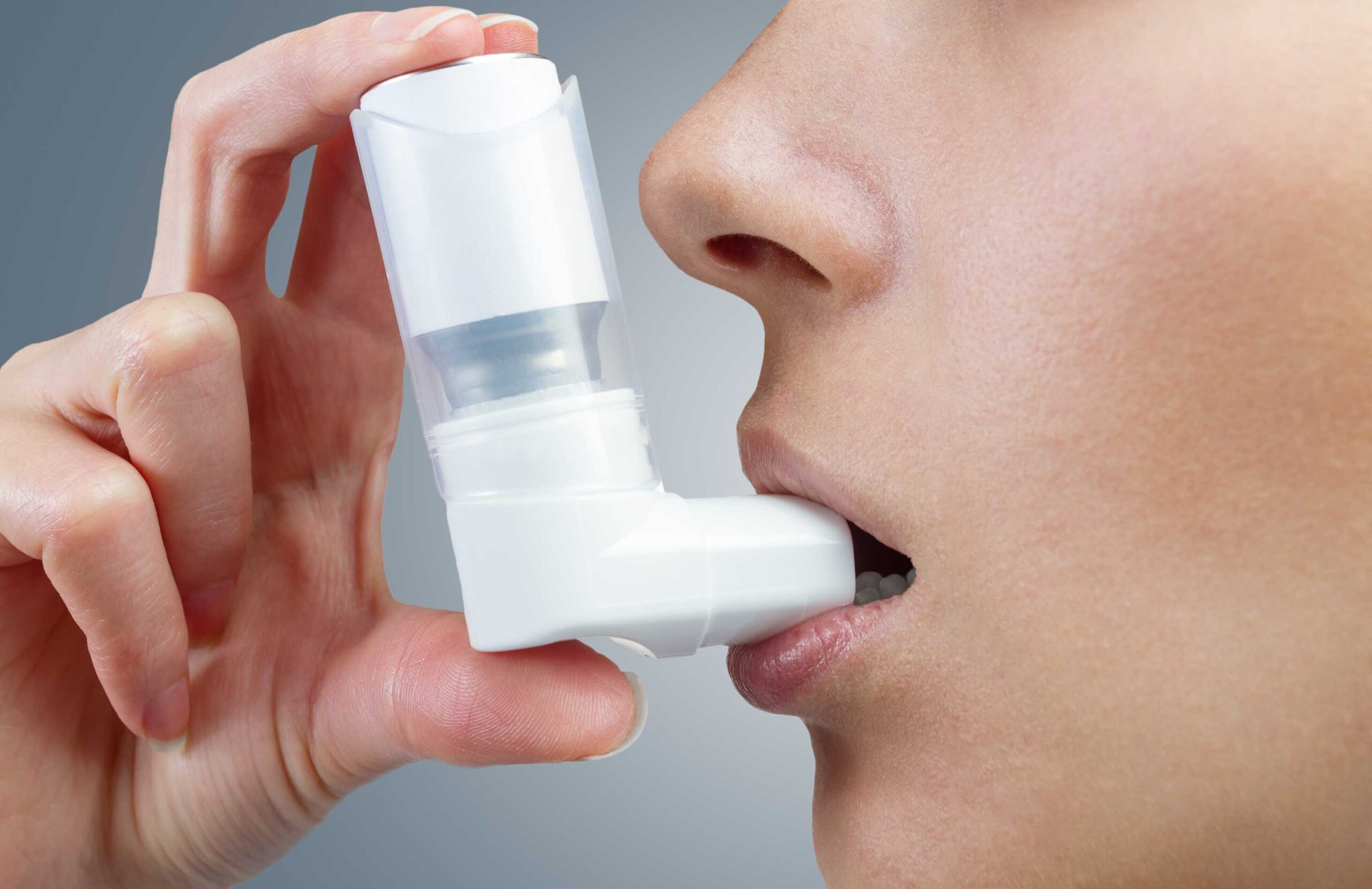PRINCE KUMAR
Ranchi, May 6: Asthma is a common chronic disease affecting the lungs. Globally, 339 million people suffer from asthma. In India, about 6% of children and 2% of adults suffer from asthma, with an estimated total burden of 34 million approximately. Despite this fact, it remains not only underdiagnosed but also undertreated.
In an interview with lagatar24.com, Dr Yogesh Kumar Jain, Consultant Pulmonologist at MEDICA shared, “Asthmatic patients experience frequent coughing, especially at night, whistling sound while breathing, chest tightness and difficulty in breathing. These symptoms get severe when exposed to allergens that include pollen, smoke, dust, or even extreme weather conditions. A patient might experience these symptoms anytime which can be managed easily with medications. However, not every asthmatic patient receives the same medication.”
Dr Yogesh further said that the primary goal of asthma management is to control the disease by preventing the worsening of symptoms and reducing the risk of mortality. The most common treatment approach for managing asthma involves the use of quick-relief medicines for treating asthma attacks used on an as-needed basis for quick relief of symptoms.

“To prevent asthma attacks, preventive medicines must be taken daily on a long-term basis. These medicines can be administered into the lungs by inhalation which is widely accepted as being the optimal route of administration of medicine for asthma. For many years, inhaled medications have been available for the management of asthma,” he added.
Warning the patients about incorrect practices of using inhalers Dr Yogesh said that inhalers are the primary method of delivering medicines for treating asthma. However, using an inhaler incorrectly means that little or no medicine reaches the lungs. Currently, one of the important gaps in asthma care is between prescribing inhalers and monitoring the patient’s adherence and ability to use these devices.

“Also, many asthmatic patients particularly young children, mentally challenged, and the elderly may not use inhaler devices appropriately or find them difficult to use. Under such circumstances, administering medicines with the help of simplified devices like nebulizers could be the best choice for such patients,” he added.
Suggesting a simpler method Dr Yogesh said that a nebulizer converts liquid asthma medicine into vapour which can be directly inhaled by the patient effortlessly. Hence, it is the preferred mode of drug delivery for patients who cannot effectively use inhaler devices. Nebulization is a fairly simple process that can be easily accomplished even at home with some training from your doctor.
“Although asthma cannot be cured, it is possible to manage asthma by preventing asthma attacks, avoiding triggers, knowing the warning signs of an attack, following your doctor’s advice, and taking medicines as prescribed,” the pulmonologist concluded.








